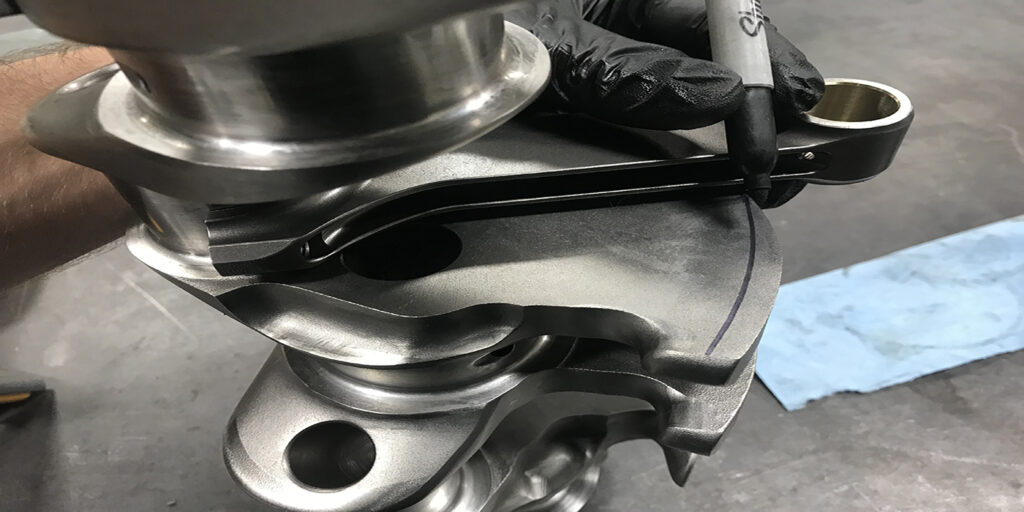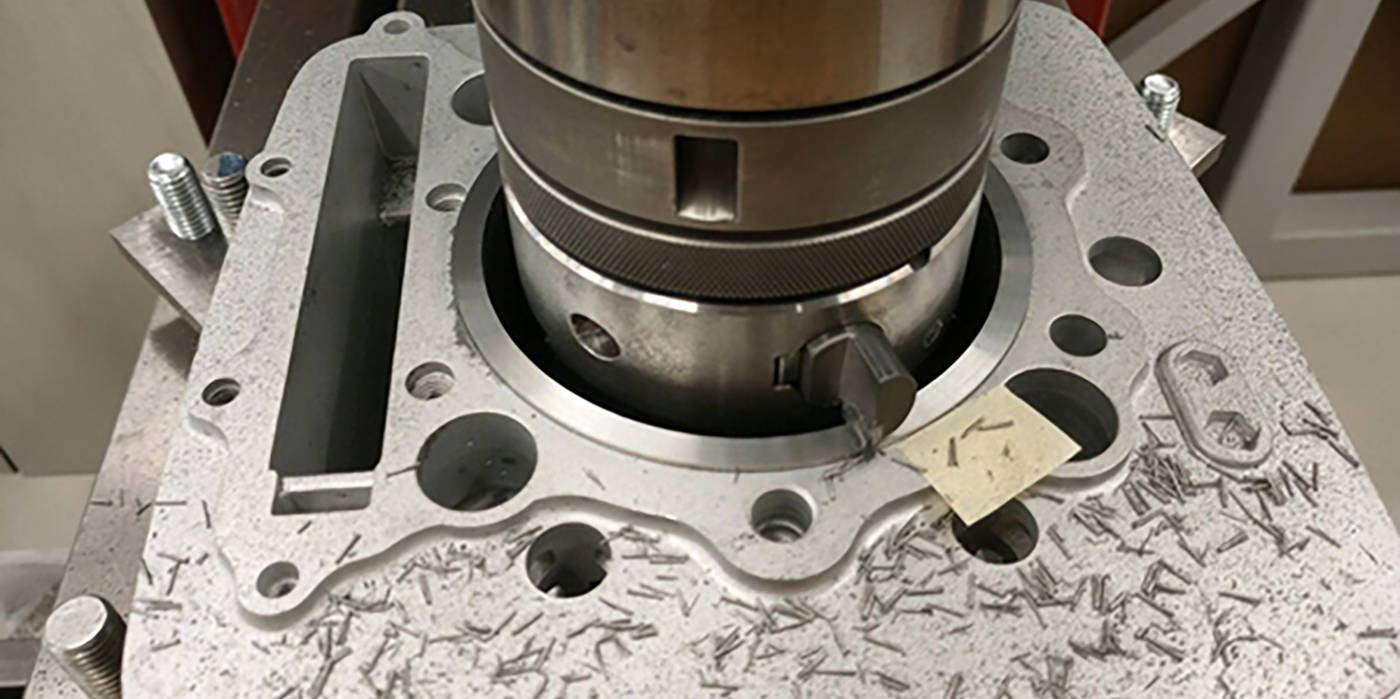CHAMFER REMOVAL
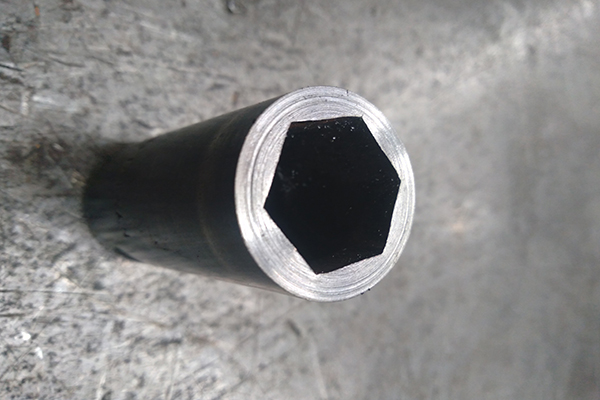
Shallow head fasteners like flywheel bolts can be a challenge to remove without rounding the head off. I place a socket in my metal lathe and face it flat to eliminate the chamfer. I get full contact with the fastener and fewer stripped heads.
Dave Matton, D and D auto Machine, Bloomington, MN
ALIGNMENT DOWELS
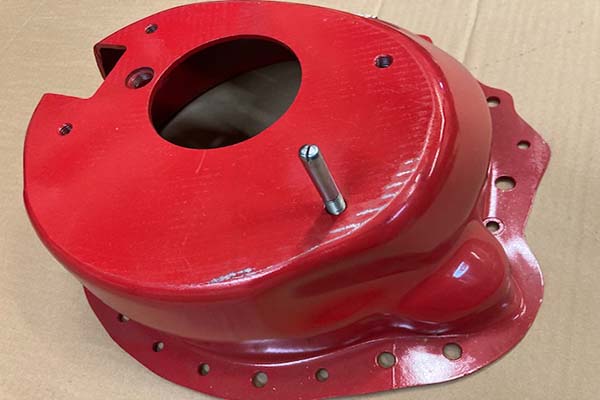
Every couple of months I repair a transmission gear. The people install the transmissions out of alignment and attempt to pull them in using the mounting bolts. Part of my repair includes donating a couple simple alignment pins fabricated from bolts to ensure the gearbox goes in straight. Once set in place, two or more bolts are installed and tightened, and the alignment pins simply remove with a screwdriver.
Archie Frangoudis, Archie’s Racing Service, Nashua, NH
HANDY HOLE TRANSFER PUNCHES
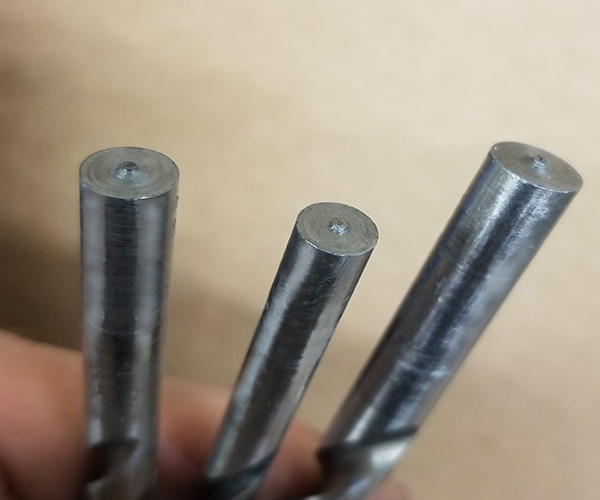
When fabricating gaskets, exhaust flanges, etc., a set of hole transfer punches can make the job easier. However if you do not have transfer punches, or if they’re always at the other end of the shop, this little trick comes in handy. Set the tool of your lathe a little below center line, face the back end of a drill bit, leaving a pointed “pip.” Use the bit as a transfer punch by tapping the other end of the bit with a soft leather or plastic mallet. We make this easy modification to the bits in all our drill indexes.
Eric Nichols, Moto Machine & Supply, Cleburne, TX
COUNTERWEIGHT CLEARANCE
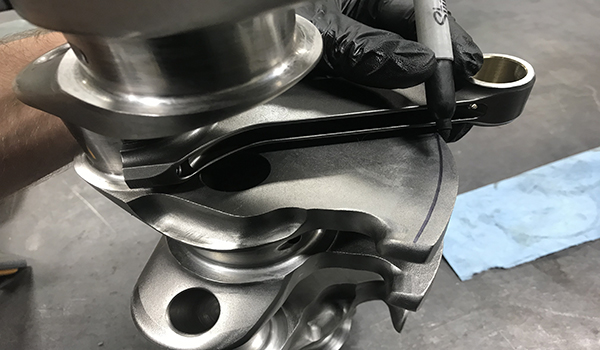
When installing a shorter connecting rod than a crankshaft was meant for, it is sometimes necessary to clearance the counterweights. A quick reference we do is to use the shorter connecting rod as a guide to mark how much counterweight needs to be removed.
First, with your piston installed on the rod, mark the point on the counterweight that first contacts the bottom of the piston as you rotate it around the rod journal.
Next, with the piston removed, place your sharpie at the point that was clearing and hold your sharpie in that position on the rod. Now, as you rotate the rod the rest of the way around the rod journal, it will mark the counterweight showing you how much you need to remove to have that same amount of clearance the rest of the way around.
Adam Cofer, Don Ott Racing Engines, York Springs, PA
KEEPING THE WASTE OIL OUT
When I disassemble an engine, I always leave it upright until I’ve removed and dropped the oil pan. The rest of the disassembly will be much cleaner as the parts won’t be dripping with the remaining tramp oil that doesn’t all get fully drained. More importantly, that last residual/unfiltered oil should not be allowed to contaminate the other critical parts above it, such as lifters, piston pins and rocker gear.
It will take a lot less time cleaning if it’s going to be a relatively non-evasive freshen up. This is even more important if the engine is just getting an inspection and won’t be fully disassembled.
Ron Flood, Cedar Machine, North Branch, MN
CALIPER STAND
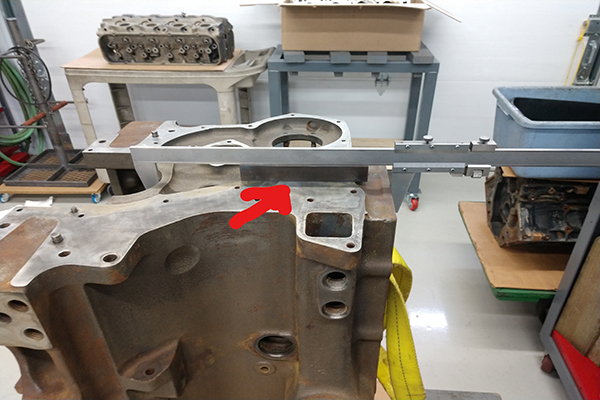
When I check deck height, the caliper pads can be hard to hold in the correct spot. I use the appropriate parallel to rest the caliper on, making the measuring process much easier.
Randy Torvinen, Torvinen’s Machine, Menahga, MN

